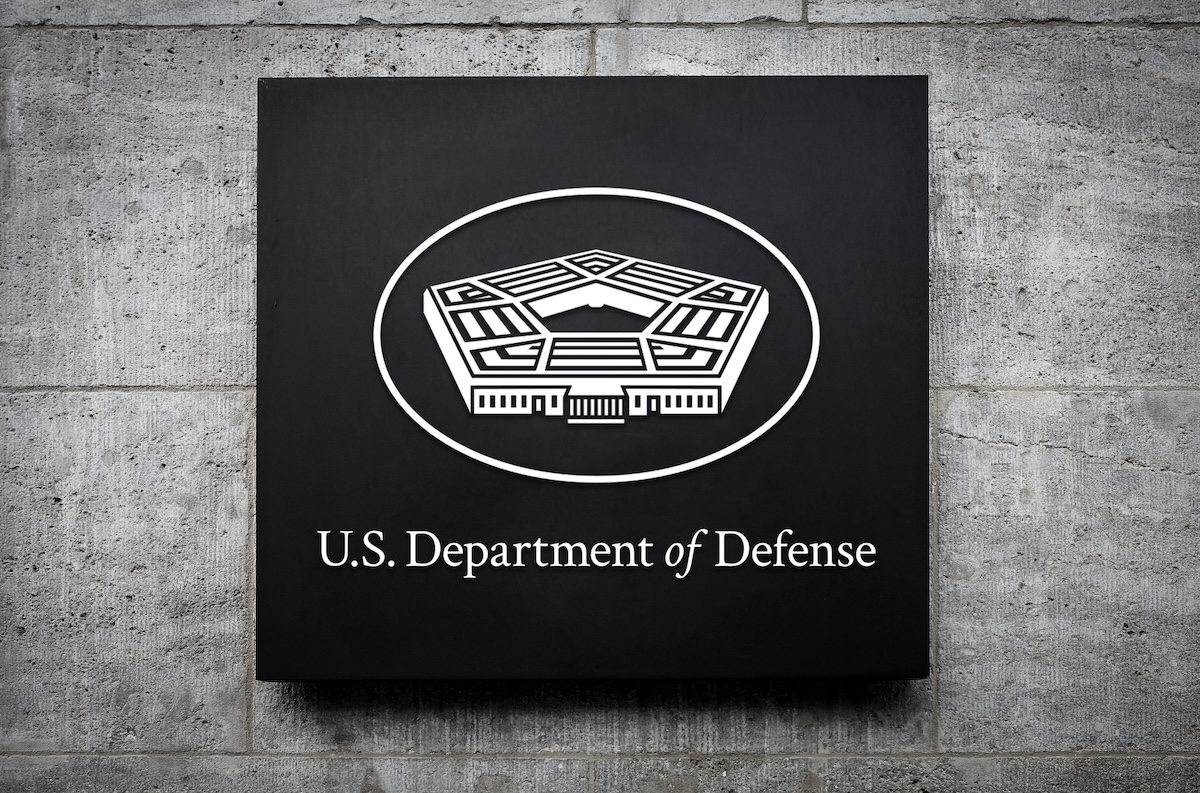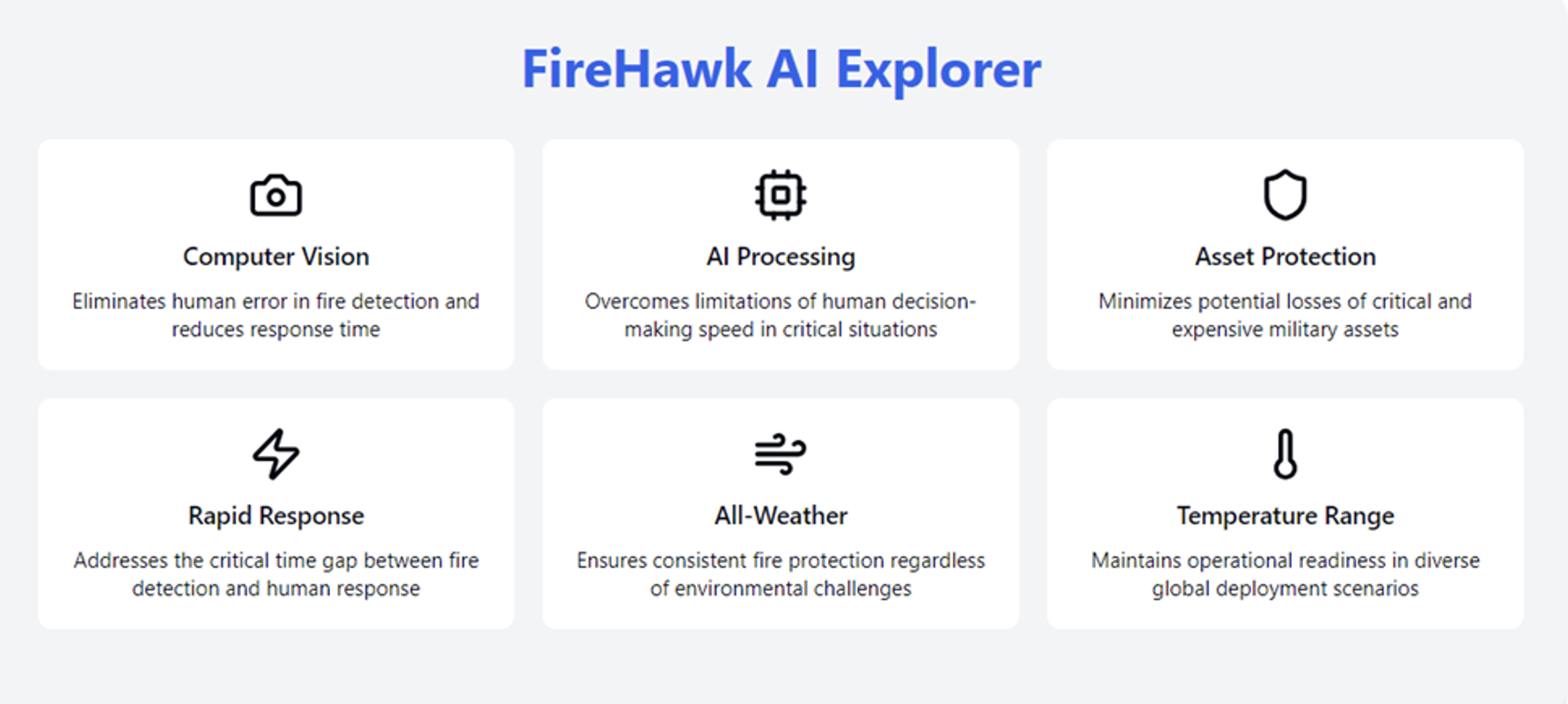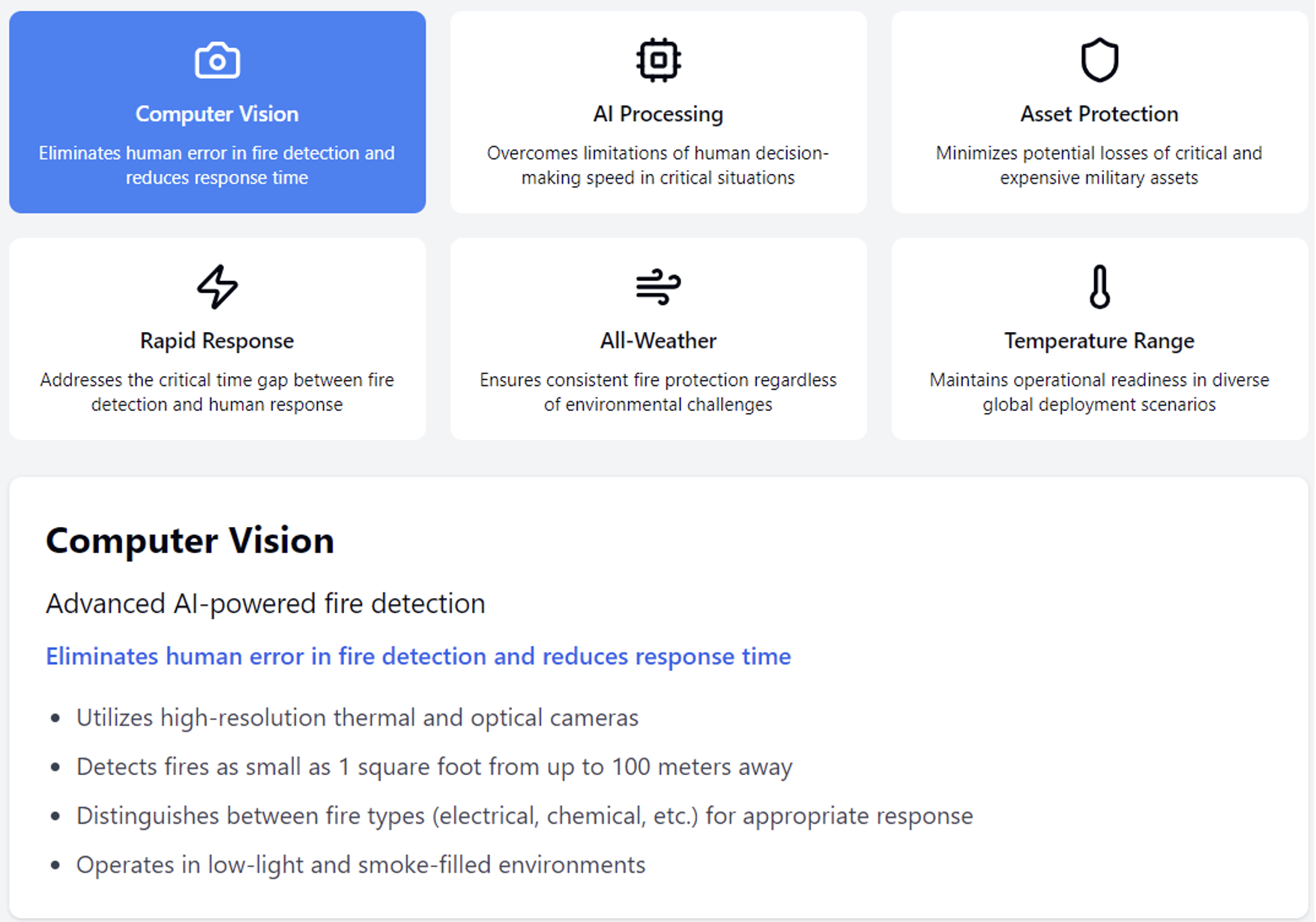California Management Review
California Management Review is a premier professional management journal for practitioners published at UC Berkeley Haas School of Business.

Image Credit | gguy
In an increasingly globalized and digitalized world, businesses face a paradox of choice when seeking partnerships. The vast array of options can lead to decision paralysis, inefficient searches, and missed opportunities. Traditional methods of business matchmaking are often time-consuming, costly, and limited in scope.
M. Wouters, J. C. Anderson, and M. Kirchberger, “New-Technology Startups Seeking Pilot Customers: Crafting a Pair of Value Propositions,” California Management Review, 60/4 (2018): 101-124.
J. Heeren, V. van de Vrande, H. Volberda, and E. de Waard, “Closing the Innovation Performance Gap: Open Innovation in Military Bureaucracies,” California Management Review, 66/3 (2024): 116-136.
J. Recker, F. von Briel, Y. Yoo, V. Nagaraj, and M. McManus, “Orchestrating Human-Machine Designer Ensembles during Product Innovation,” California Management Review, 65/3 (2023): 27-47.
These challenges are amplified in complex business-to-government (B2G) markets like the defense industry, where companies face a myriad of issues including: complex organizational structures, highly specific and technical requirements, stringent regulations and compliance needs, long sales cycles and decision-making processes, the need for security clearances and specialized knowledge, and contract incumbent lock-in.
For nontraditional firms attempting to enter the defense market, there’s an additional, often insurmountable hurdle known as the “valley of death.” This term refers to the gap between initial technology development and successful program of record (PoR) that many innovative companies fail to cross.
The “valley of death” in defense innovation is characterized by several interconnected challenges. A critical issue is the funding gap, where firms struggle to secure sustained financial support to bridge their innovations from development to production and deployment. This financial hurdle is exacerbated by the lengthy timelines typical of the defense acquisition process, which can stretch for years and may not work for startups trying to survive.
Firms also face the bureaucratic complexity inherent in the Department of Defense (DoD) acquisition system. Many nontraditional firms lack the specialized expertise required to navigate this intricate landscape. This challenge is further intensified by a notable cultural mismatch: the fast-paced, risk-embracing ethos of innovative companies frequently clashes with the more cautious, process-oriented culture prevalent in defense procurement. Operationally, the department typically seeks solutions that can be scaled and maintained over extended periods, a demand that can be challenging for smaller or newer firms to meet. Further, innovative solutions often struggle to align neatly with existing program structures or budgets.
“Combining human expertise with AI and applying it to defense innovation matchmaking can bridge the gap between startups and DoD Program Executive Offices and revolutionize how we connect innovative solutions with national security needs.” - Steve Blank, Cofounder of Stanford’s Gordian Knot Center for National
Generative AI offers a revolutionary approach to hurdling the “valley of death” challenges. When correctly leveraged, large language models and machine learning algorithms process vast amounts of information, identify patterns, and generate highly tailored content. This technology enables intelligent matchmaking, swiftly analyzing company offerings against potential partners’ needs and navigating complex organizational structures to facilitate connections that bridge the gap from prototyping to operational use. The AI’s capabilities extend to crafting personalized outreach strategies, addressing specific partner needs and fostering quicker, more effective engagement in defense procurement. Through continuous user interaction and feedback, generative AI adapts in real-time, refining its matchmaking and content generation to ensure relevance within the complex DoD acquisition system. By streamlining partner identification and communication, this technology significantly reduces transaction costs, helping innovative solutions overcome cultural mismatches in defense procurement and better navigate this challenging landscape.
To illustrate the power of generative AI in business matchmaking, let’s consider a detailed case study based on a hypothetical scenario utilizing the Department of Defense (DoD) Program Executive Offices (PEO) directory provided by Stanford’s Gordian Knot Center for National Security Innovation.[i]
TechDrone Inc., a fictional startup, has developed an innovative fire suppression system called FireHawk AI, which utilizes advanced computer vision and autonomous drones to rapidly detect and suppress fires in various environments. While the technology shows immense potential, TechDrone faces significant challenges typical of startups entering the defense market, all of which AI teaming can potentially overcome. The company grapples with a limited understanding of the Department of Defense’s complex organizational structure and lacks existing relationships within the defense industry.
TechDrone is concerned about traversing the notorious valley of death. This challenge is compounded by the company’s lack of knowledge about the path to becoming a System of Record (SoR), a critical step for long-term success in the defense sector.
1. Initial AI-Driven Market Analysis
Initially, the TechDrone team feeds the AI system with a wealth of information, including detailed specifications of FireHawk AI, the comprehensive DoD PEO directory, recent DoD budget documents, and public statements from military leaders about modernization priorities. The AI processes this diverse range of inputs and produces an initial analysis, identifying potential matches between FireHawk AI’s capabilities and various PEOs’ needs. It also highlights recent DoD initiatives focused on autonomous systems and AI integration, providing context for FireHawk AI’s potential applications.
The AI’s analysis yields valuable insights for TechDrone. For example, it identifies the Navy’s increased focus on shipboard automation and the Army’s interest in enhancing base security as potential alignment points for FireHawk AI. The system also flags recent budget allocations for fire safety improvements across multiple branches, providing TechDrone with crucial information about potential funding sources. These insights equip TechDrone with a strategic understanding of where their technology might find the most receptive audience within the complex DoD ecosystem.
2. Human Expert Review and Refinement
John Veterans, a recently retired miliary subject matter expert supporting TechDrone, reviews the AI’s initial output. Leveraging his years of DoD experience, John identifies nuances that the AI might have missed, such as recent shifts in funding priorities not yet reflected in public documents, informal relationships between different PEOs that could influence decision-making, and unwritten cultural preferences within certain branches of the military.
For instance, John notes that while the AI correctly identified the Navy’s interest in automation, it didn’t account for the specific challenges of implementing new technologies in the confined spaces of ships. He also points out that the Army’s base security initiatives are often influenced by joint operations considerations, suggesting that a multi-branch approach might be more effective for FireHawk AI’s deployment.
Based on John’s valuable input, the team refines the AI’s parameters and runs a second analysis. This iterative process results in a more nuanced understanding of the DoD landscape and FireHawk AI’s potential fit within it. The combination of AI-driven data analysis and human expertise allows for a comprehensive and insightful evaluation of TechDrone’s market entry strategy, accounting for both quantifiable factors and subtle, experience-based observations.
3. Identification of Key PEOs and Programs
Through this process the team identifies five key PEOs with the highest potential for FireHawk AI. These include the Army’s PEO Combat Support and Combat Service Support (CS&CSS) and PEO Intelligence, Electronic Warfare and Sensors (IEW&S), the Navy’s PEO Unmanned Aviation and Strike Weapons (U&W), the Air Force’s PEO Fighters and Advanced Aircraft Directorate, and the Marine Corps’ PEO Land Systems (LS).
For each PEO, the AI provides a comprehensive breakdown of relevant programs and their funding status, key decision-makers and their backgrounds, recent technology adoption patterns, and potential “entry points” for new technologies. This detailed analysis allows TechDrone to prioritize its outreach efforts and tailor its approach to each PEO’s specific needs and challenges.
For example, the AI identifies that the Army’s PEO CS&CSS has recently initiated a program to enhance fire safety in forward operating bases, presenting a perfect opportunity for FireHawk AI. Such specific insights enable TechDrone to craft targeted pitches and demonstrate how their innovative fire suppression system aligns with each PEO’s current objectives and future plans. This strategic approach, informed by both AI-driven data analysis and human expertise, positions TechDrone to navigate the complex DoD landscape more effectively and increase their chances of successful market entry.
4. Customized Value Proposition Development
The team then uses the AI to generate tailored value propositions for each identified PEO. For example for Army PEO CS&CSS it suggests: “FireHawk AI provides autonomous, all-weather fire protection for forward operating bases, reducing response times by 70% and minimizing human risk in hazardous situations. Its integration with existing base security systems aligns with the Army’s Unified Network Plan.” For Marine Corps PEO LS it adapts the value proposition to say: “FireHawk AI offers a dual-use capability for fire suppression and aerial reconnaissance, enhancing force protection while aligning with the Force Design 2030 initiative for lightweight, multi-mission systems.” John reviews and refines these propositions, ensuring they resonate with the specific language and priorities of each PEO.
5. Interactive Product Explorer and Simulator
To help TechDrone communicate its value proposition effectively, the AI generates an interactive, web-based Product Explorer and Simulator. This sophisticated tool enhances TechDrone’s ability to showcase FireHawk AI’s capabilities to DoD officials in a compelling and user-friendly manner. Users can now explore FireHawk AI’s features through an intuitive interface, gaining a comprehensive understanding of the system’s capabilities.
Furthermore, the simulator enables users to customize the system’s configuration for different environments, demonstrating FireHawk AI’s versatility and adaptability. DoD officials could also tailor it to view potential integration points with existing DoD systems, helping them envision how FireHawk AI could complement and enhance their current capabilities.
The simulator includes specific modules for each targeted PEO, demonstrating how FireHawk AI could integrate with their existing systems and meet their unique needs. For instance, the Army CS&CSS module focuses on base protection scenarios, simulating how FireHawk AI would respond to a fire in a forward operating base. The Navy U&W module emphasizes shipboard fire suppression, demonstrating how FireHawk AI’s compact drones can navigate the tight spaces of a naval vessel and integrate with shipboard damage control systems. It also showcases the system’s ability to operate in high-electromagnetic interference environments typical of naval operations.
The Product Explorer showcases six key features of FireHawk AI, as illustrated in Figure 1.
Computer Vision and AI Processing form the core of FireHawk AI’s intelligent detection system. These technologies enable the drones to rapidly identify potential fire hazards and assess situations in real-time. The Asset Protection feature highlights how FireHawk AI safeguards valuable military resources, while Rapid Response emphasizes the system’s ability to swiftly deploy and address fire threats.
The All-Weather Operation capability underscores FireHawk AI’s reliability across diverse environmental conditions, ensuring consistent performance regardless of challenging weather scenarios. Similarly, the Wide Temperature Range feature demonstrates the system’s robustness, capable of functioning effectively in both extreme cold and heat, making it suitable for global military operations.

Figure 1: AI Generated App Interface for “FireHawk AI Explorer” built with Claude 3.5 Artifacts
The AI articulates specific problems solved by each FireHawk AI feature, offering clear benefits to DoD partners. Computer Vision eliminates human error and reduces fire detection response time. AI Processing enables real-time threat assessment by processing scenarios 100 times faster than traditional methods. Asset Protection minimizes losses through predictive risk assessment, potentially reducing fire-related asset damage by 80%.

Figure 2: Second Layer Drilldown Feature of React App FireHawk AI Explorer
This interactive tool proves invaluable in TechDrone’s initial meetings with DoD officials, allowing them to quickly grasp the system’s capabilities and potential applications in their specific domains. It also helps overcome the “show, don’t tell” challenge often faced by innovative companies trying to communicate complex technologies.
6. AI-Assisted Roadmap to System of Record
Understanding the importance of becoming a system of record, the team tasks the AI with developing a potential roadmap. The AI analyzes historical data of successful defense acquisitions and generates a multi-phase plan. The roadmap outlines strategies for identifying SBIR opportunities, pursuing OTA contracts, collaborating with DoD labs, securing limited fielding opportunities, and refining the system based on user feedback. It also details steps for transitioning to a Program of Record, including leveraging PEO relationships, developing test plans, and preparing for Milestone B reviews.
John refines the roadmap with his DoD acquisition expertise, emphasizing early PEO engagement and SBIR relationships to smooth the transition. He recommends pursuing Foreign Military Sales for additional revenue and broader applicability. This comprehensive roadmap guides TechDrone’s strategy from initial funding to production scaling, representing a proactive approach to DoD acquisition that could accelerate FireHawk AI’s path from innovation to fielded system.
7. Targeted Outreach and Relationship Building
Armed with AI-generated insights and human-refined strategies, TechDrone launches a targeted outreach campaign. They use AI to draft initial emails, which John personalizes with his recipient knowledge. For instance, when contacting Army PEO CS&CSS, the AI highlights FireHawk AI’s alignment with recent base protection initiatives, while John adds context from a relevant exercise.
The team attends defense industry events equipped with AI-generated briefs and detailed attendee profiles, enabling more meaningful conversations. They leverage the interactive Product Explorer in meetings, providing DoD officials a tangible sense of FireHawk AI’s capabilities and overcoming the often theoretical nature of traditional pitches and boosting TechDrone’s defense ecosystem visibility. By blending AI-driven insights with human relationship-building skills, TechDrone creates opportunities difficult to achieve through traditional methods alone.
8. Navigating the “Valley of Death”
TechDrone maintains its human-machine collaborative approach to navigate challenges. The AI continuously monitors DoD budget discussions, promptly alerting the team to relevant opportunities and threats. John’s network provides valuable informal feedback, which the team uses to refine their strategies. The AI generates analyses to identify potential industry partners, helping TechDrone bridge the valley of death between innovation and established programs.
The TechDrone case study reveals significant implications for real-world users of generative AI in business matchmaking. It demonstrates enhanced market intelligence, enabling quick understanding of complex markets and identification of hidden opportunities. The technology allows for personalized communication at scale, generating tailored value propositions for each potential customer. Dynamic visualization tools help communicate complex products.
In regulated industries, AI provides up-to-date information and tailored compliance strategies. It bridges knowledge gaps by offering insights into industry-specific terminology and cultural nuances. The approach enables continuous adaptation to market changes and optimizes resources, leveling the playing field for smaller companies.
However, challenges remain. Data quality and bias can affect AI insights, necessitating careful curation of input data. Ethical considerations around data privacy, transparency, and potential bias amplification must be addressed. Importantly, while AI augments capabilities, it doesn’t replace human expertise and relationship-building skills.
Human-AI collaboration enables the identification of patterns and potential matches that would be impossible to discern through either method alone, with AI processing vast datasets of market trends, organizational structures, and technological capabilities, while human experts provide crucial interpretation of the results. We find that generative AI excels at synthesizing comprehensive value propositions, effectively translating a seller’s capabilities into language that resonates with a buyer’s specific mission requirements. Buyers gain a clearer understanding of how innovative solutions can address their unique challenges, while sellers can better position their offerings more strategically within the market’s complex ecosystem. By leveraging AI to navigate intricate organizational structures, identify relevant decision-makers, craft tailored value propositions, and create engaging interactive tools, businesses can overcome traditional barriers to entry and communicate their value more effectively than ever before, bridging the “valley of death”.
[i] A hypothetical case study is offered to demonstrate potential real-world applications and challenges of this novel method. The authors acted as TechDrone, Inc. and the human-in-the-loop “John” to demonstrate this human-machine teaming capability.
Collaborative Human-AI Content Disclosure: This article results from a structured collaboration between human experts and artificial intelligence (AI). Humans generated the initial data, designed and conducted the test case, and provided unstructured guidance throughout the process. The AI assisted by fulfilling the steps outlined in the case study, organizing the final article, and synthesizing human inputs. The human team performed the final copy edit and approval. This approach combines human creativity and expertise with AI’s analytical and organizational capabilities. While we believe this enhances our content, readers should be aware of this collaborative method. We remain committed to transparency and ethical AI use.
 Spotlight
Sayan Chatterjee
Spotlight
Sayan Chatterjee
 Spotlight
Mohammad Rajib Uddin et al.
Spotlight
Mohammad Rajib Uddin et al.